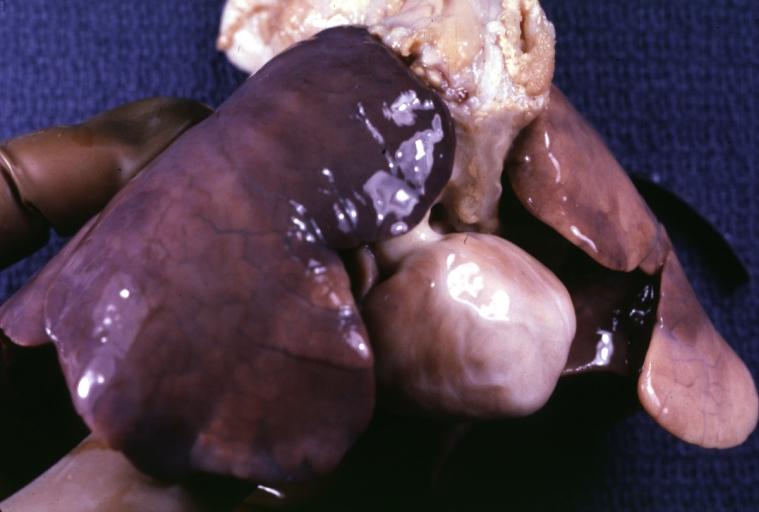Pulmonary atresia classification with ventricular septal defect
|
Pulmonary atresia Microchapters |
|
Diagnosis |
|---|
|
Treatment |
|
Pulmonary atresia classification with ventricular septal defect On the Web |
|
American Roentgen Ray Society Images of Pulmonary atresia classification with ventricular septal defect |
|
FDA on Pulmonary atresia classification with ventricular septal defect |
|
CDC on Pulmonary atresia classification with ventricular septal defect |
|
Pulmonary atresia classification with ventricular septal defect in the news |
|
Blogs on Pulmonary atresia classification with ventricular septal defect |
Editor-In-Chief: C. Michael Gibson, M.S., M.D. [1]; Associate Editor(s)-In-Chief: Priyamvada Singh, M.B.B.S. [2], Cafer Zorkun, M.D., Ph.D. [3]; Assistant Editor(s)-In-Chief: Kristin Feeney, B.S. [4]
Overview
Pulmonary atresia with ventricular septal defect is a congenital lesion associated with the underdevelopment of the right ventricular. Of all congenital cardiac malformations, pulmonary atresia is estimated to occur in 2.5-3.4% of these births.
Pulmonary atresia with ventricular septal defect (PA-VASD)
PA-VSD is identified by underdevelopment of the right ventricle. It is a second opening in the ventricular wall. This opening provides a way out for blood in the right ventricle. When this second opening (VSD) does not exist, very little blood goes to the right ventricle, which is what causes it to be underdeveloped. This defect can also be determined before birth. Out of all congenital cardiac malformations, it is estimated that PA-VSD occurs in 2.5-3.4% of the cases. The genetic cause of PA-VSD is not known; it is found however, that children whose parents have PA-VSD are at a higher risk for congenital heart lesions.
Images shown below is courtesy of Professor Peter Anderson DVM PhD and published with permission. © PEIR, University of Alabama at Birmingham, Department of Pathology
